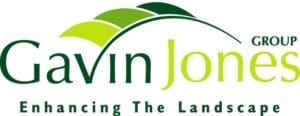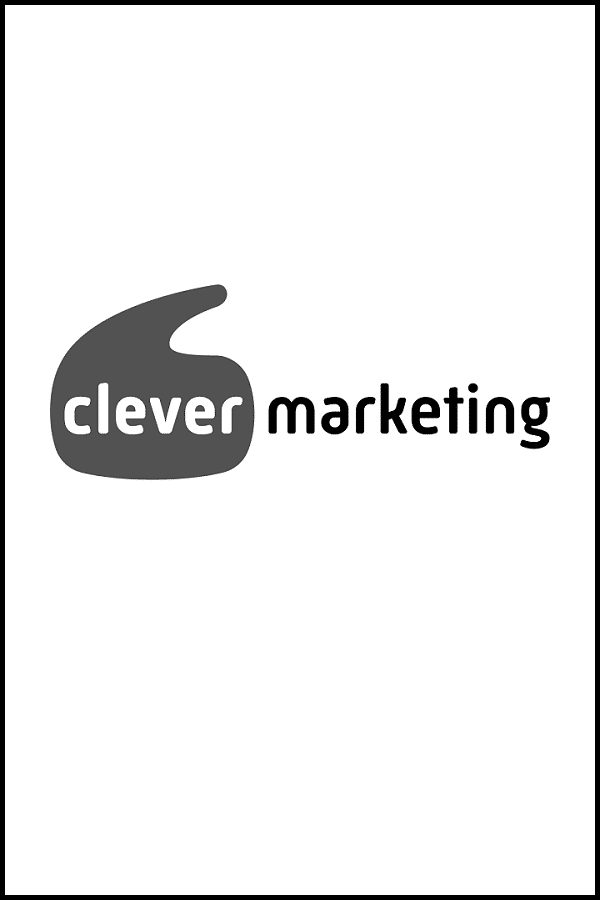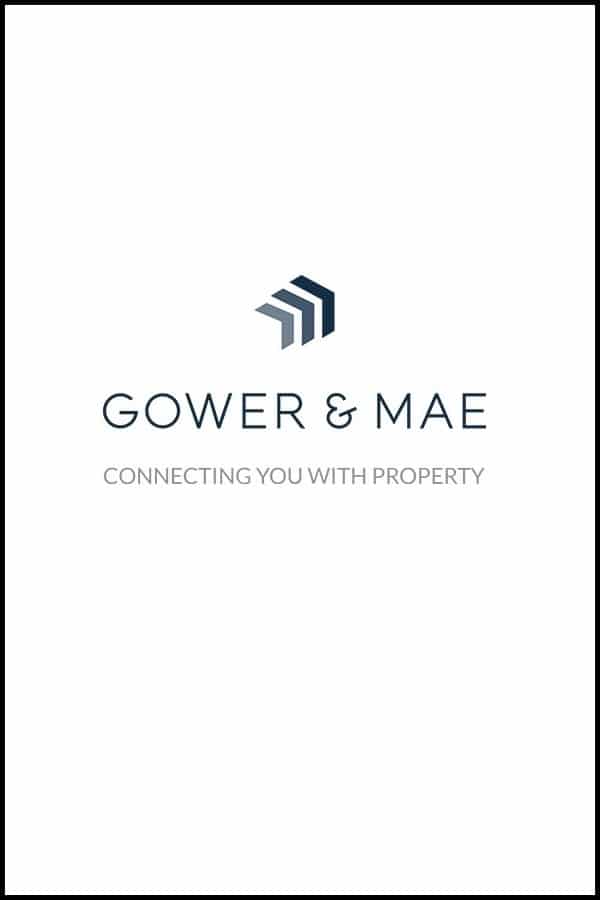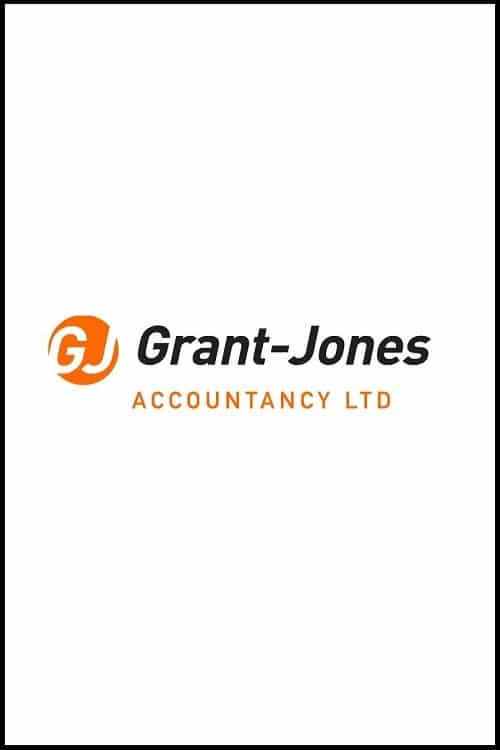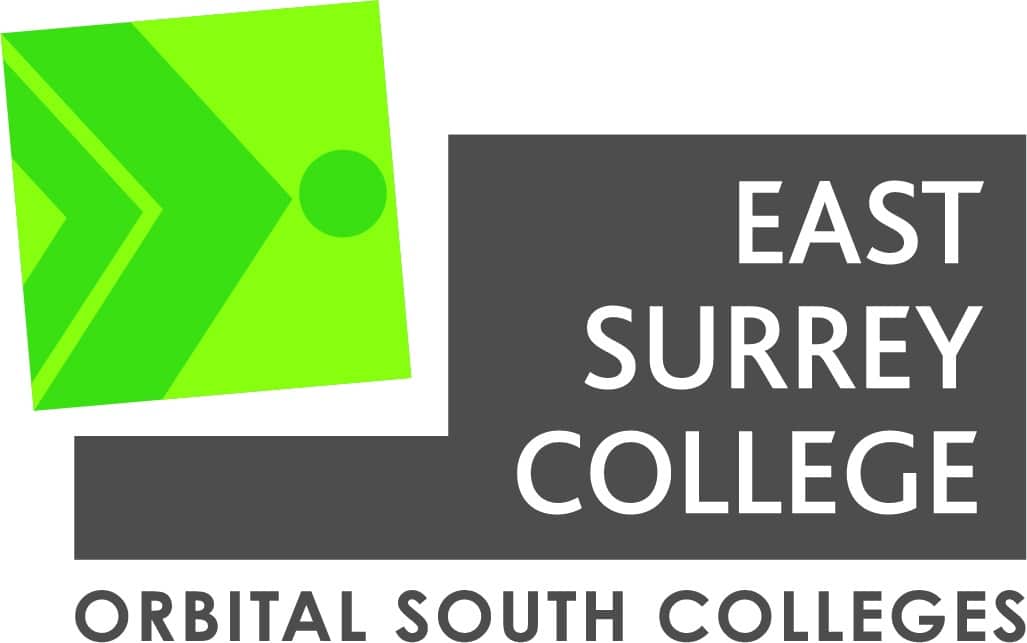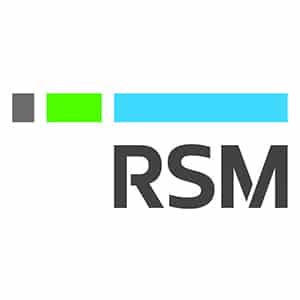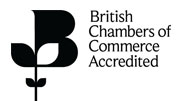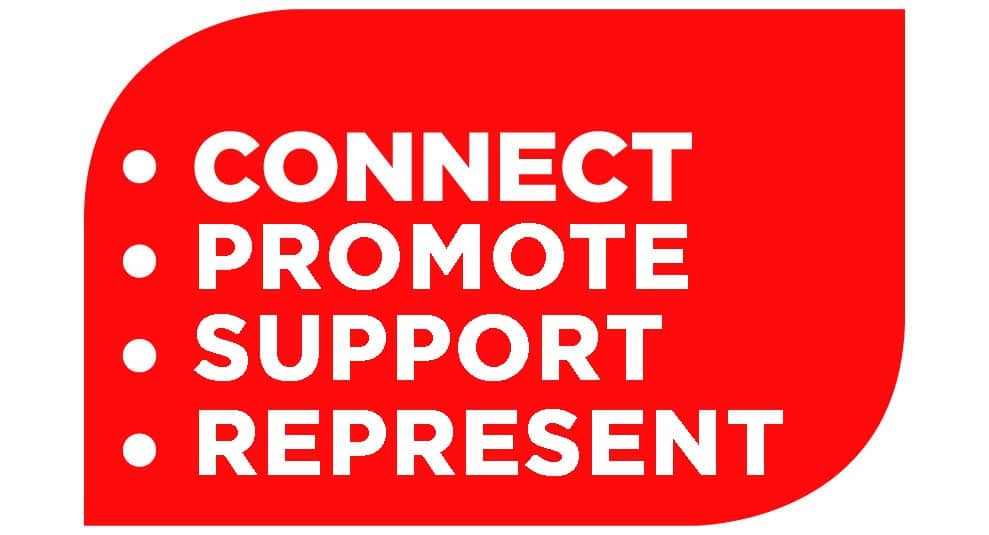The Need for Speed
25th January 2018

Do you sometimes feel you are drowning in communications? A groaning inbox when you come back from leave. The abundance of social media platforms promising “6 tips for a more focussed sales team” or fascinating video recipes which transform into appetising looking meals in a matter of moments using just 5 ingredients. I even have to scan read the headings of mails in my so-called “Clutter” folder……..just in case I miss something important.
With ever more subtle enticing marketing and sales techniques, I find the plethora of electronic communications are a complete time-hoover and I am sure I am not alone.
Then there are the times when you need to prepare a presentation or briefing paper, which requires the distillation and summation of findings from a number of reports from “leading authorities”, none of which you can simply ignore for fear of missing a critically salient issue. But the clock is ticking. Remorselessly.
I recently came across an article in a monthly newsletter discussing the skill of speed reading; ironic perhaps, but I thought I would share the gist of it with you all this month.
Most people read at an average rate of 250 words per minute (wpm), though some are naturally quicker than others. But, I am told, by learning to speed read you could double this rate. So what’s the secret? Simply put all techniques appear to have one thing in common – in that you avoid saying/hearing the word in your mind as you read it – apparently known as “sub-vocalisation” – and thereby focus on blocks of words, rather than on individual ones.
The Pointer or Tracker-and-Pacer methods – simply means sweeping your finger (or a pen with a cap on it) along the line as you read – pioneered by a US school teacher, it is claimed the words read increased to 2700 wpm. The suggested advantage of these two methods is that they should reduce your need to skip back and re-read sentences.
The Scanning method involves moving your eyes quickly down the page – often down the centre – and identifying specific words and phrases as you go. These can be key sentences (often the first sentence of each paragraph), names, numbers, or trigger words and ideas. Learning to expand your peripheral vision can help.
Effective speed reading requires a balance between pace and comprehension. Simply put, the faster you read, the less detail you will remember. Whilst not perhaps appropriate for complex legal or technical documents – but when you simply want to get a general understanding of the subject being presented, such as articles like this, it may be just perfect!
Yvette Etcell
Business Development and Human Resources Director, Gavin Jones
President, Surrey Chambers of Commerce







